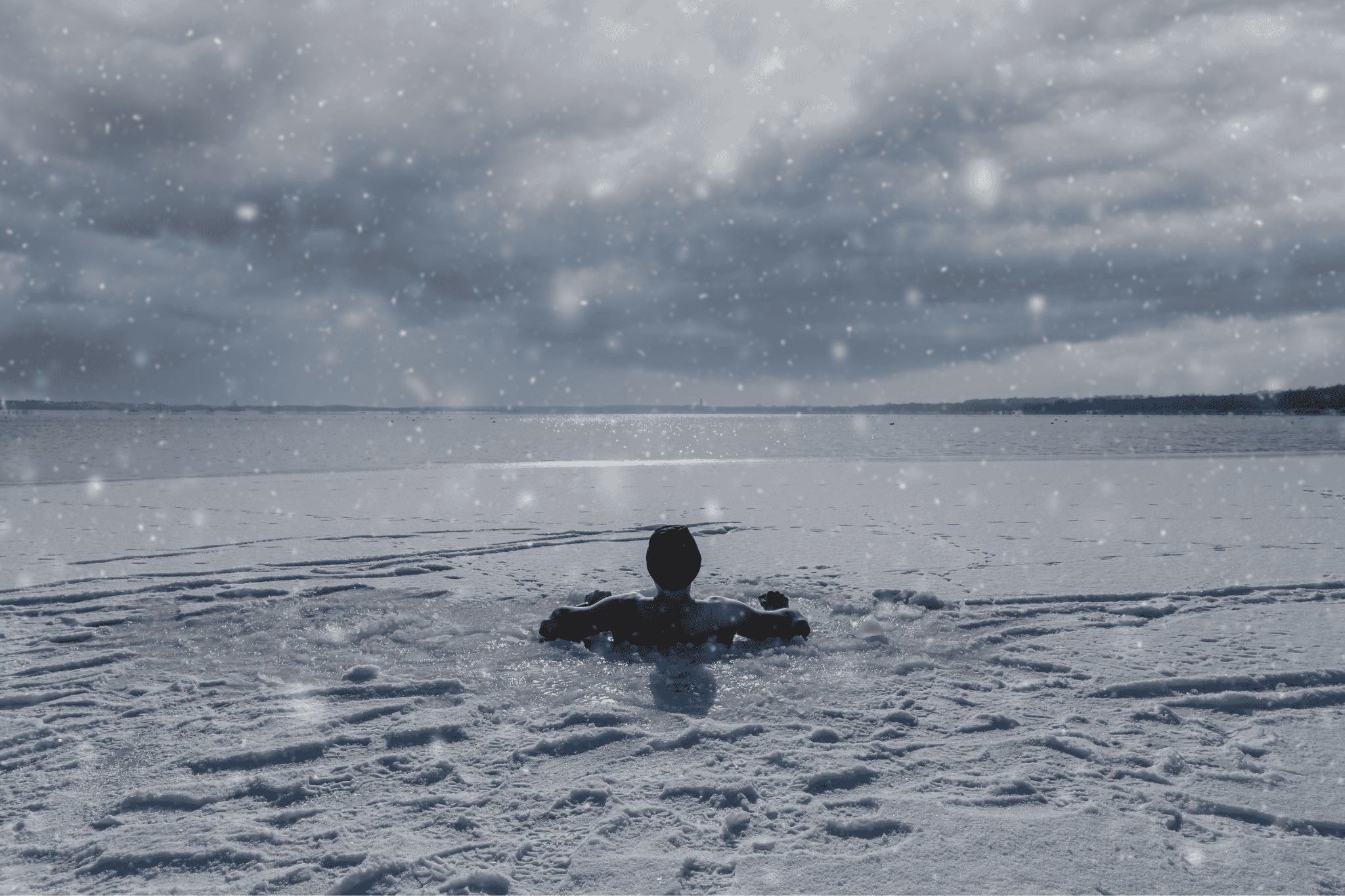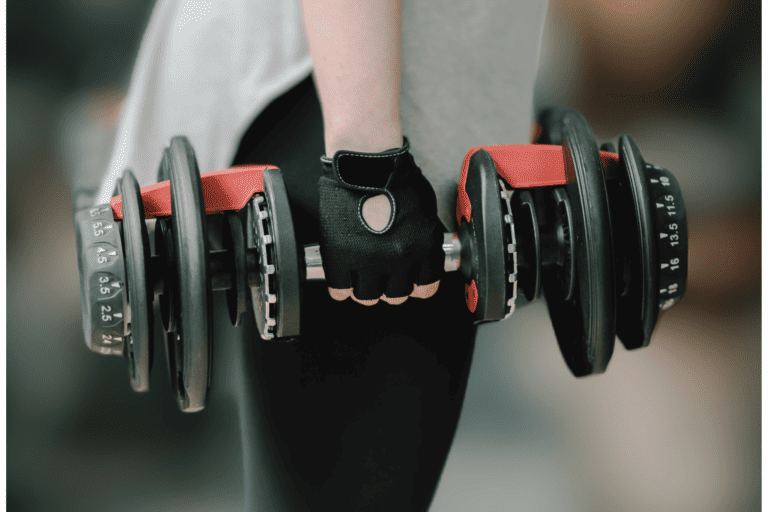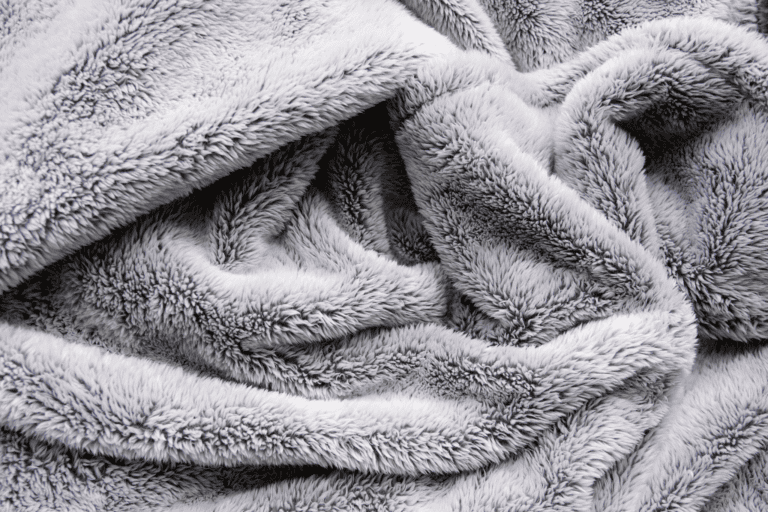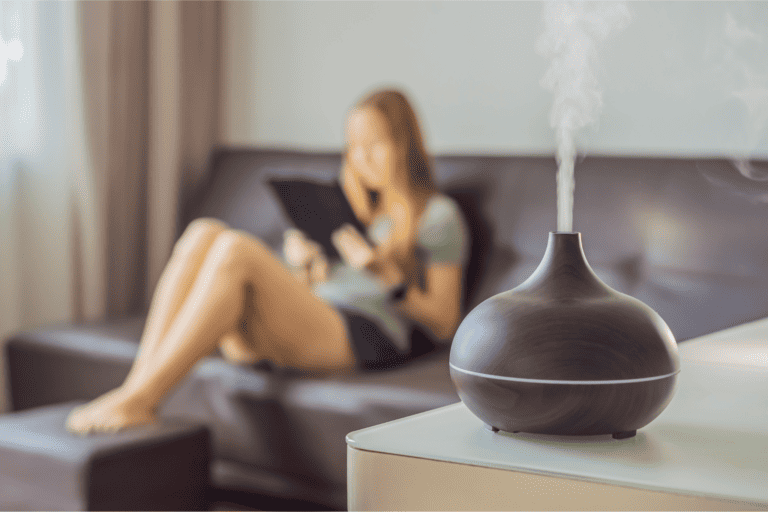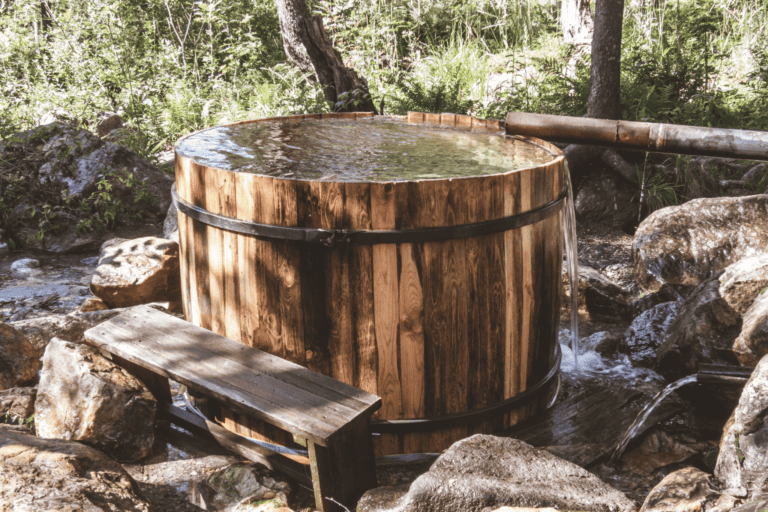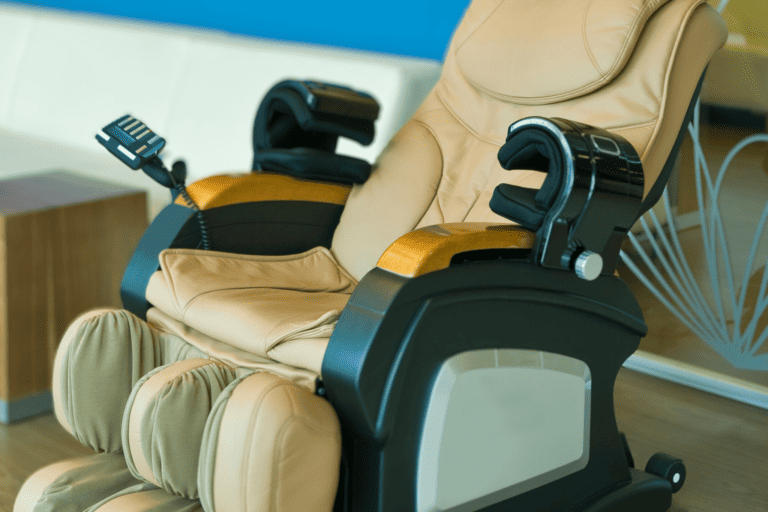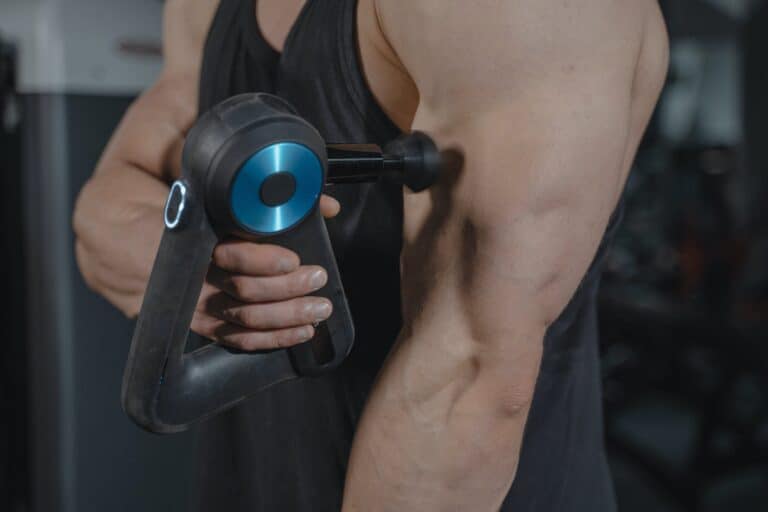Cold Plunging: The Practice of Chilling Out
Picture this: You’re standing on the edge of a frosty pool, steam rising into the crisp air as you psych yourself up for what’s about to come.
With a deep breath, you take the plunge, immersing yourself in the icy waters.
Sounds invigorating, right?
Welcome to the practice of cold plunging, where the benefits can be as refreshing as the water.

In this article, we’ll dive into the chilly depths of cold plunging, to explore its benefits, the science behind the freeze, best practices for taking the plunge, and even a dip into its fascinating history.
If you are also looking for some ideas on a personal cold plunge for home, try our suggestions here.
A Quick History of Cold Plunging
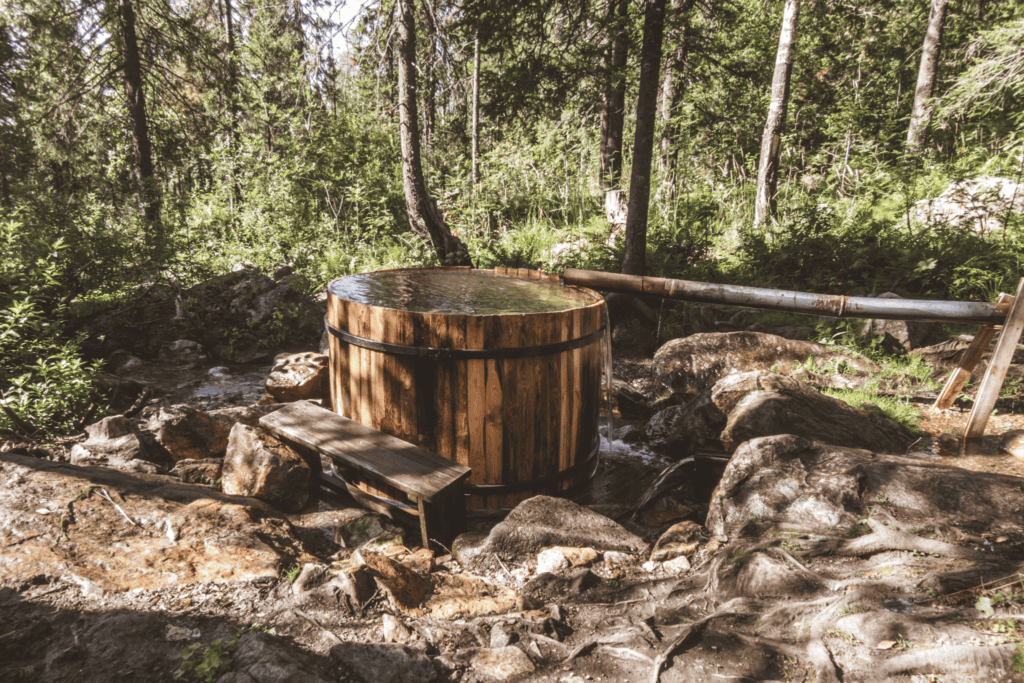
Cold plunging may seem like a trendy wellness practice, but its roots run deep in various cultures and traditions around the world. From ancient civilizations to modern-day spa therapies, cold immersion has been embraced for its revitalizing effects on the body and mind.
The practice of cold water immersion dates back centuries, with civilizations like the Greeks, Romans, and Scandinavians incorporating cold bathing into their rituals and traditions.
These cultures believed in the healing powers of cold water, using it to promote health and vitality.
In Nordic countries like Finland, Sweden, and Norway, cold plunging is an integral part of the sauna experience.
Known as “avantouinti” (or “ice swimming”) in Finland, cold water swimming is believed to strengthen the immune system, improve circulation, and invigorate the spirit, even in the depths of winter.
In recent years, cold plunging has experienced a resurgence in popularity thanks to its endorsement by athletes, wellness enthusiasts, and influencers.
From ice baths at professional sports facilities to cryotherapy chambers at luxury spas, cold immersion has become synonymous with peak performance and recovery.
The Science Behind the Benefits
Before we further explore the benefits of this practice, let’s take a quick dip into the science behind the freeze.
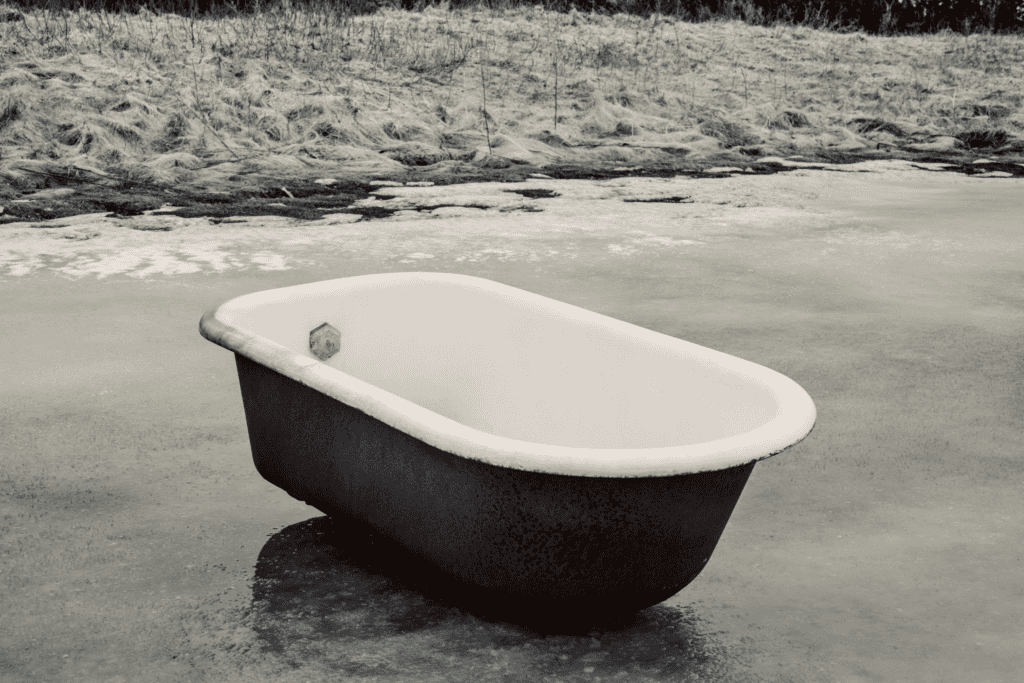
When you immerse your body in cold water, several physiological responses occur, triggering a cascade of reactions contributing to its numerous benefits.
Vasoconstriction and Vasodilation:
The sudden exposure to cold water causes your blood vessels to constrict, reducing blood flow to the skin’s surface in an attempt to conserve heat.
The vasoconstriction is followed by vasodilation, where the blood vessels expand, leading to increased circulation once you exit the cold water.
Reduced Inflammation:
Cold plunging can reduce inflammation by constricting blood vessels and decreasing blood flow to injured tissues.
This can help alleviate muscle soreness and accelerate the recovery process after intense physical activity.
Endorphin Release:
The shock of cold water triggers the release of endorphins, neurotransmitters that act as natural painkillers and mood enhancers. This surge of endorphins can leave you feeling euphoric and energized post-plunge.
Boosted Metabolism:
Exposure to cold temperatures can stimulate brown adipose tissue (BAT) activity, a type of fat that generates heat to maintain body temperature.
Activating BAT can boost your metabolism, potentially aiding in weight loss and calorie burning.
Stress Reduction:
Cold plunging activates the body’s “fight or flight” response, which in turn triggers the release of stress hormones like adrenaline and cortisol. Over time, regular cold plunging can help your body adapt to stressors more effectively, leading to reduced overall stress levels.
Best Practices for Cold Plunging
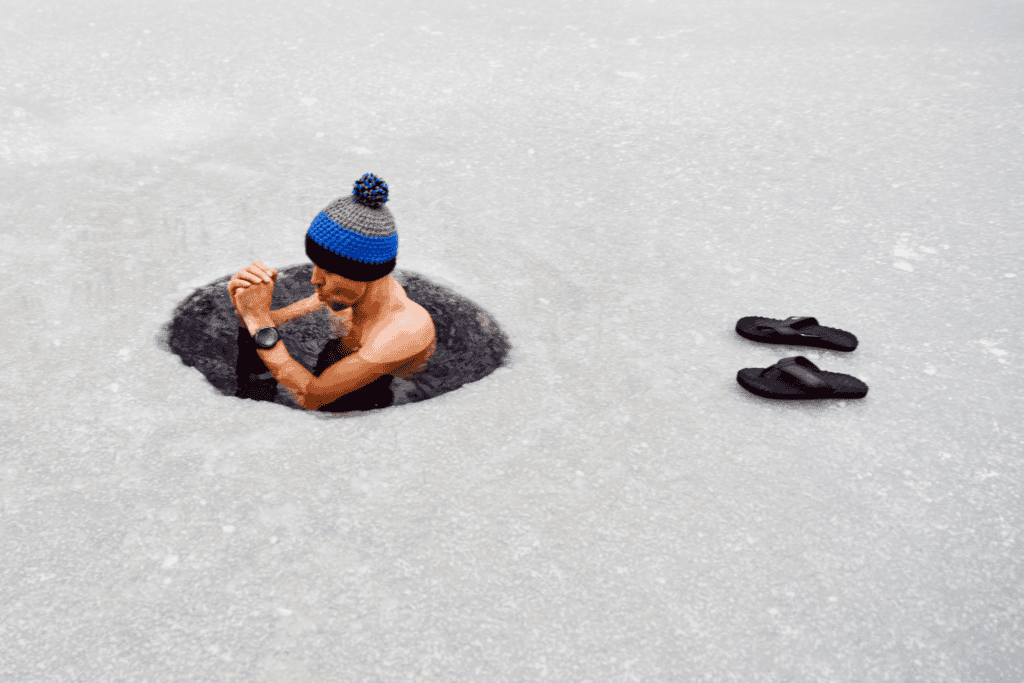
Now that we understand the science behind the benefits, let’s explore some best practices to make the most of your cold plunging experience.
Start Slow:
If you’re new to cold plunging, start with shorter durations and gradually increase the time as your body acclimates to the cold. Aim for 1-3 minutes initially and work your way up from there.
Stay Hydrated:
Cold water immersion can cause your body to lose heat more rapidly, so it’s essential to stay hydrated before and after your plunge to support proper thermoregulation.
Warm Up Afterwards:
After your cold plunge, warm up gradually to prevent a rapid drop in body temperature. Wrap yourself in a cozy towel, sip on a warm beverage, or indulge in a warm shower to ease the transition.
Listen to Your Body:
Pay attention to how your body responds to the cold.
If you experience discomfort or lightheadedness, exit the water immediately and warm up.
Cold plunging should be invigorating, not uncomfortable.
Consistency is Key:
Like any wellness practice, consistency is key to reaping the benefits of cold plunging.
Aim for regular sessions, whether it’s daily, a few times a week, or whatever frequency works best for you.
No Tub? No Problem
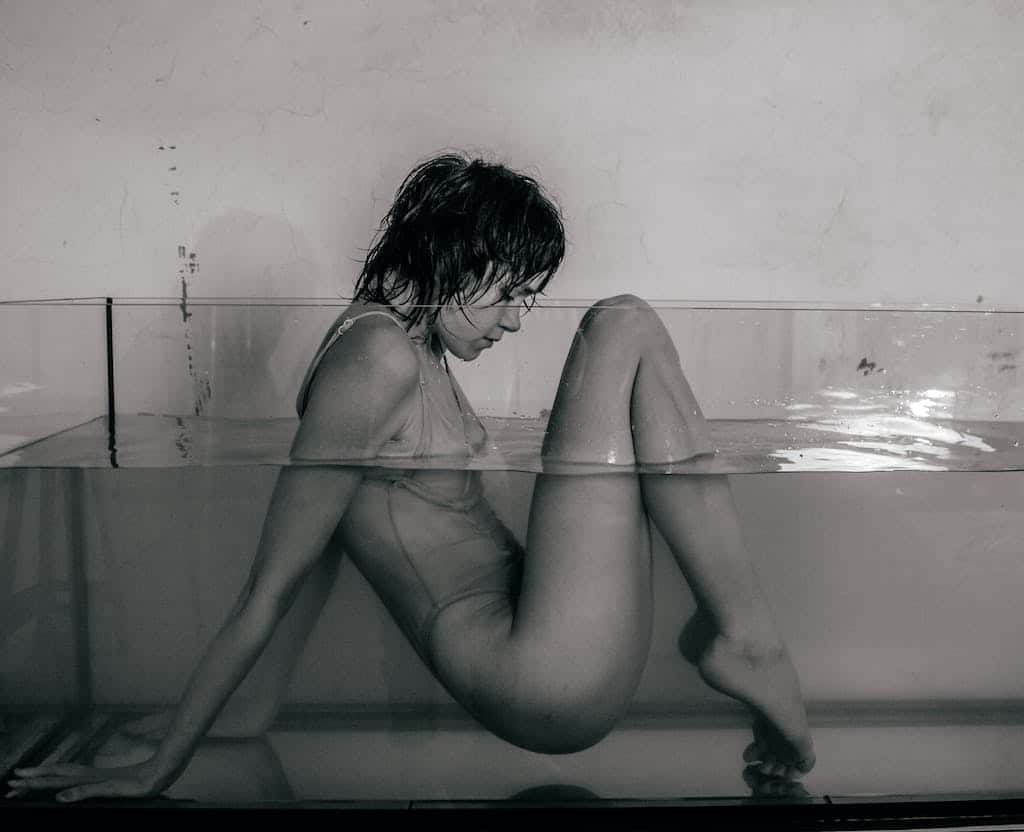
So, you’re itching to reap the benefits of cold plunging but don’t have a fancy tub at home?
No worries!
There are plenty of ways to chill out and embrace the freeze without breaking the bank.
Here’s a rundown of some DIY options you can try right in the comfort of your own home.
Cold Showers
One of the simplest and most accessible ways to get your cold plunge fix is by taking cold showers.
Just crank that faucet to the coldest setting and let the icy water cascade over your body.
Start with a warm shower to open up your pores, then gradually lower the temperature for a refreshing cooldown.
Aim to stay under the cold water for a few minutes to fully experience the benefits, like improved circulation and reduced inflammation.
Ice Bath
No tub? No problem!
Fill up a bathtub or large container with cold water and toss in a few bags of ice. Voila!
You’ve got yourself an impromptu ice bath.
Immerse yourself in the chilly water for a few minutes, focusing on deep breaths to help your body adjust to the cold.
Ice baths are a favorite among athletes for their muscle-recovery benefits, so don’t be afraid to give it a try after a tough workout.
Cold Plunge Bucket
If you’re feeling adventurous, why not try a cold plunge bucket?
Fill a sturdy bucket with cold water and add some ice for an extra chill factor.
Dip your feet, legs, or even your whole body into the bucket for a quick and invigorating plunge.
It may sound simple, but the sensation of icy water can work wonders for boosting your mood and energy levels.
Cold Water Immersion
If none of the above options appeal to you, simply immersing yourself in a natural body of cold water can provide similar benefits.
Whether it’s a nearby lake, river, or even a chilly outdoor pool, taking a dip in cold water can stimulate circulation, reduce inflammation, and leave you feeling refreshed and revitalized.
Just remember to be cautious and mindful of your surroundings, especially if you’re venturing into natural bodies of water.
So there you have it – no cold plunge tub, no problem!
With a little creativity and a willingness to embrace the chill, you can still enjoy the benefits of cold plunging right at home.
So go ahead, give one of these DIY options a try and get started reaping the benefits today of the icy practice.
Keep It Chill
And there you have it, folks – a deep dive into the icy wonders of cold plunging.
From its physiological benefits to best practices and historical roots, cold immersion offers a refreshing way to rejuvenate your body and mind.
So whether you’re a seasoned cold plunger or a curious newcomer, don’t be afraid to take the plunge and experience the invigorating power of the freeze.
Embrace the chill and happy dunking!

